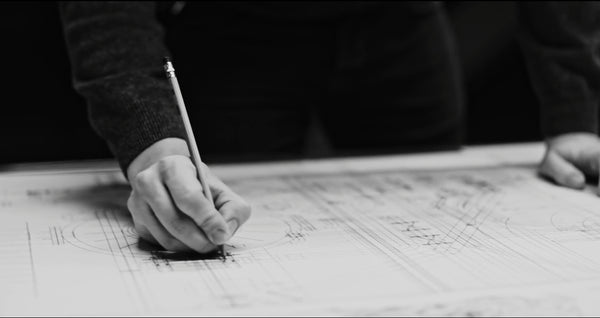Perlesmith Advantages

Our Products
The Perlesmith Lifestyle
Featured Products
PSXFK1
Highly adjustable for optimum viewing.
PSMTK1
Comfortable angle and sleek, low-profile mounting.
PSSS2
Get the perfect level to elevate your music.
PSTVMC05
Heavy-duty mobility for large TVs and accessories.
PSTVS13
Turn your TV to always see clearly.
